+855 17 308 996
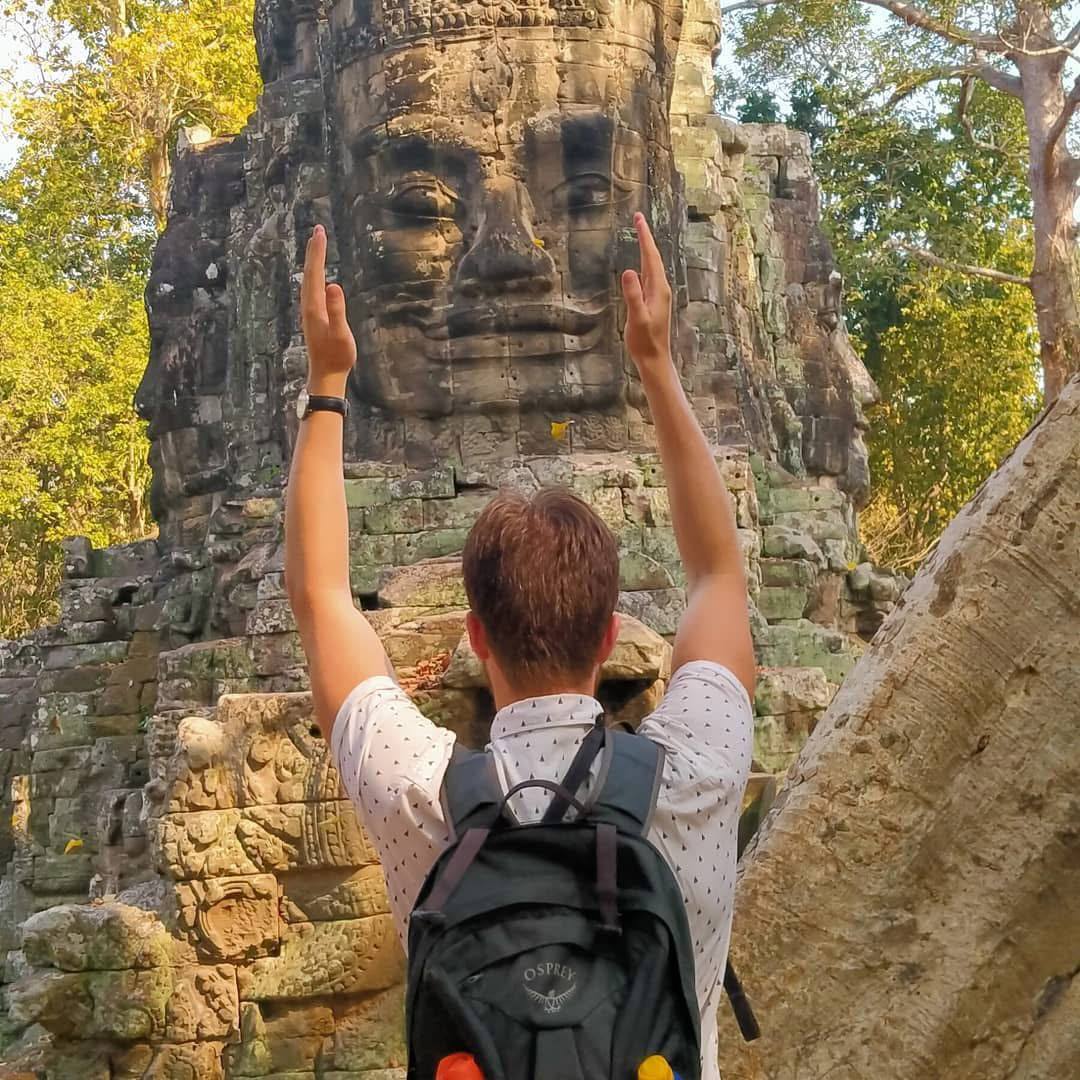
Outside Angkor Park Explore Tour/ from $75 per vehicle /day
Additional Info
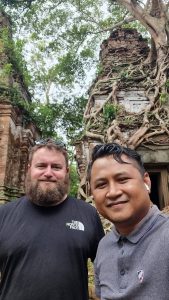
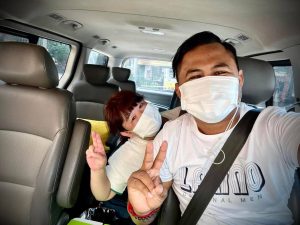
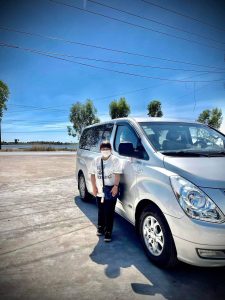
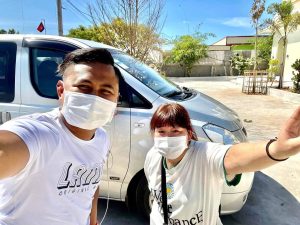
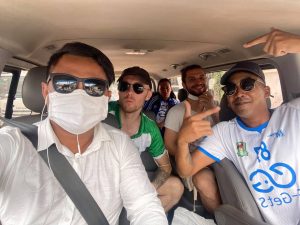
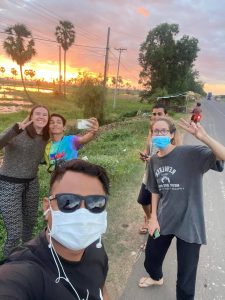
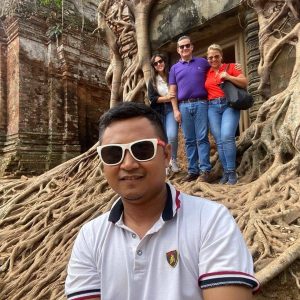
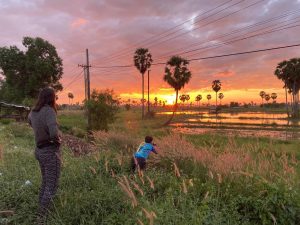
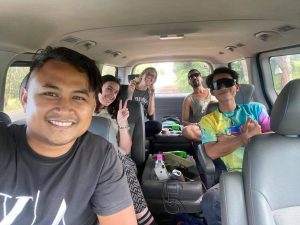
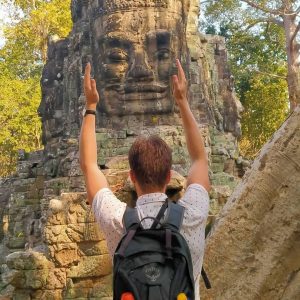
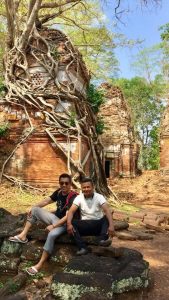

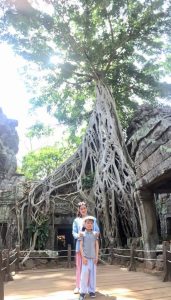
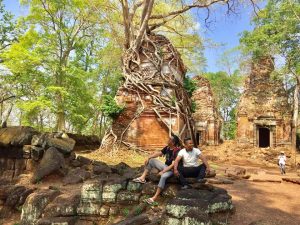
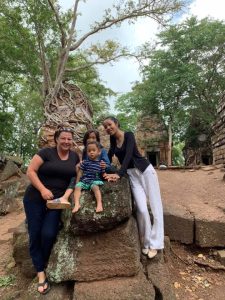
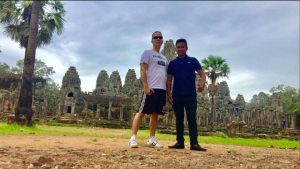 Remote Temple Sites
Remote Temple Sites
Not templed out yet? Then we recommend to visit some of the more remote temple sites, located outside the Angkor Archaeological Park, but included in the admission fee.
1. Banteay Srei temple (45 minutes from town)
2. Beung Mealea temple ( 50 minutes from Banteay Srei )
3. Bakong temple ( 50 minute from Beung Mealea)
Banteay Srei is a beautiful and historic district located north of Angkor Archaeological Park. It’s a must-visit for nature and history lovers! Here are some must-see attractions for a full day of exploring.
Banteay Srei is a 10th century CE Cambodian temple dedicated to the Hindu gods Shiva and Parvati. Located in the area of Angkor, it lies near the hill of Phnom Dei, 25 km (16 mi) north-east of the main group of temples that once belonged to the medieval capitals of Yaśodharapura and Angkor Thom.[1] Banteay Srei is built largely of red sandstone, a medium that lends itself to the elaborate decorative wall carvings which are still observable today. The buildings themselves are miniature in scale, unusually so when measured by the standards of Angkorian construction. These factors have made the temple extremely popular with tourists, and have led to its being widely praised as the jewel of Khmer art.[2]
Beng Mealea “Temple of Lotus Pond or Boeng Mealea, is a temple from the Angkor Wat period[2]: 118–119 located 40 km (25 mi) east of the main group of temples at Angkor, Cambodia, Beng Mealea was built as a Hindu temple, but some carvings depict Buddhist motifs.[1] Its primary material is sandstone and it is largely unrestored, with trees and thick brush thriving amidst its towers and courtyards and many of its stones lying in great heaps. For years it was difficult to reach, but a road recently built to the temple complex of Koh Ker passes Beng Mealea and more visitors are coming to the site, as it is 77 km from Siem Reap by road
Bakong is the first Khmer temple mountain of sandstone constructed by rulers of the Khmer Empire at Angkor near modern Siem Reap in Cambodia. In the final decades of the 9th century AD, it served as the official state temple of King Indravarman I in the ancient city of Hariharalaya, located in an area that today is called Roluos.
The structure of Bakong took shape of stepped pyramid, popularly identified as temple mountain of early Khmer temple architecture. The striking similarity of the Bakong and Borobudur temple in Java, going into architectural details such as the gateways and stairs to the upper terraces, suggests strongly that Borobudur was served as the prototype of Bakong. Contact is inferred to have occurred between the Khmer kingdom and the Sailendra dynasty in Java, who would have transmitted to Cambodia not only ideas, but also technical and architectural details of Borobudur, including arched gateways in corbelling method.[1]
What Is Included:
- English speaking driver
- Air-coned vehicle
- Gasoline
- Road tolls
- Parking fees
- Driver’s food & expenses
What is Not Included:
- English speaking tour guide $50 if requested (highly recommended)
On board offering
- Mineral Water
- Cold Towel

